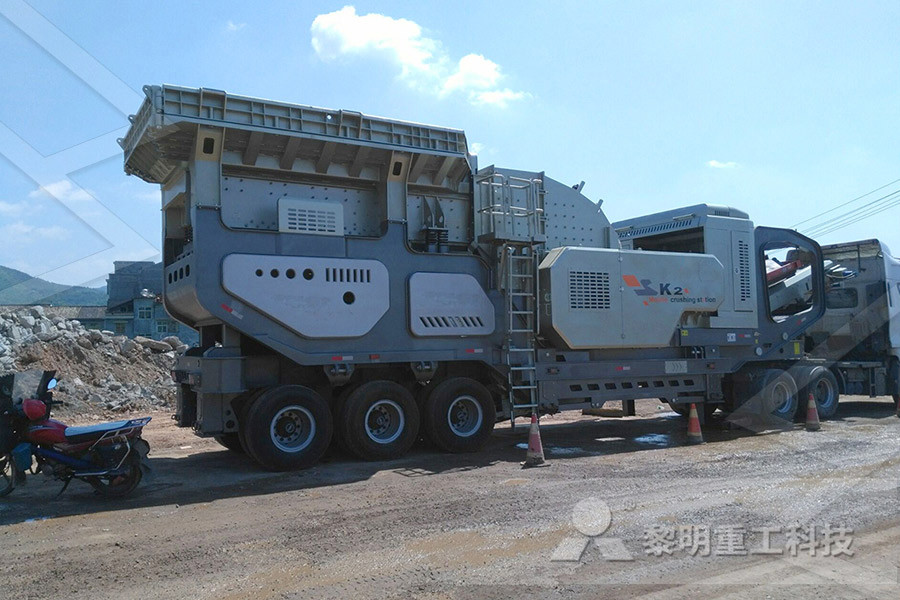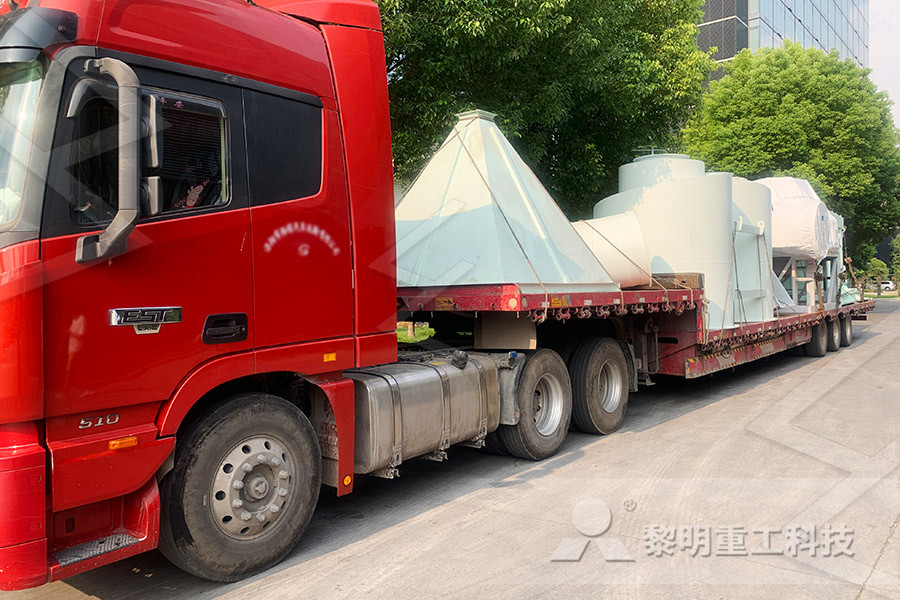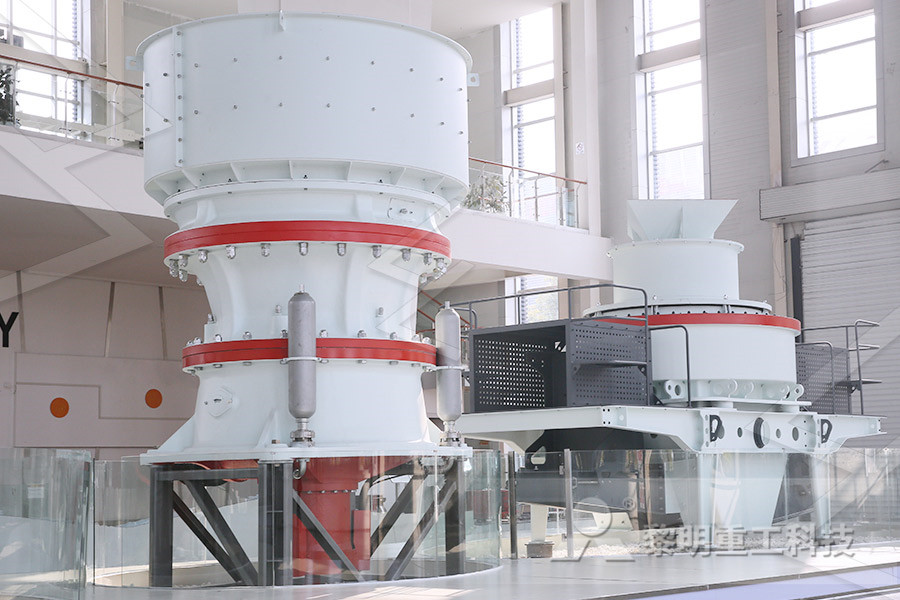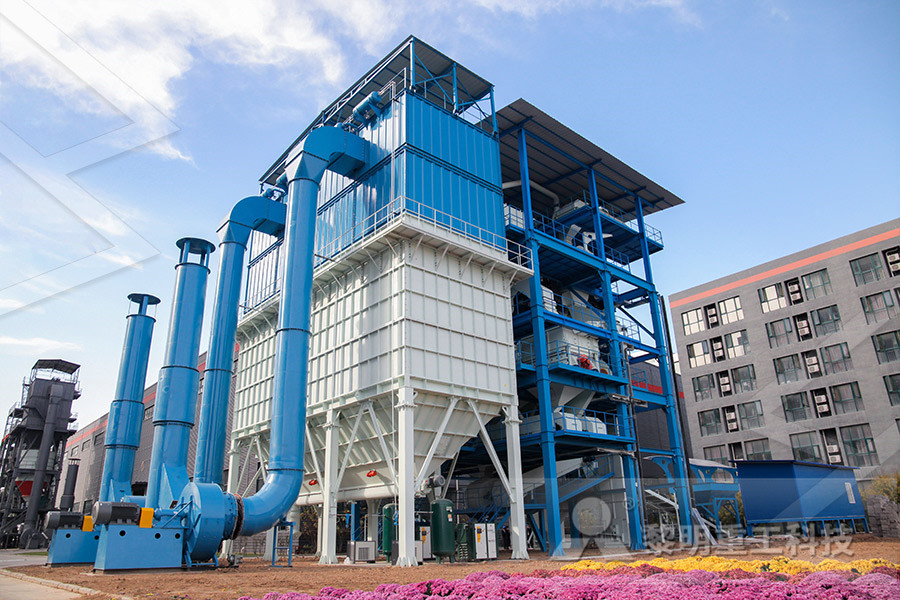
Gypsum Processing for Cement, Plaster and Wallboard
Gypsum Processing for Cement, Plaster and Wallboard Gypsum is calcium sulfate dihydrate (CaSO4 2H2O), a white or gray naturally occurring mineral, and is used as a commercial and generic term for all calcium sulfate materials Raw gypsum ore is processed into a variety of products such as a portland cement additive, soil conditioner, industrial To control the setting rate, after the cement clinker is cooled, 3% gypsum is added to the clinker, and then the mixture is sent to the final grinding process Keep the amount of gypsum added between 3% and 4% Plaster of Paris quickly becomes dihydrate gypsum Adding a small amount of cement to the dihydrate gypsum will increase the overall Gypsum Is Essential and Necessary to Cement Fote The mixture then sent to final grinding process For ordinary Portland cement it remains between 3 to 4% and in case of Quick setting cement it can be reduced up to 25% Role of Gypsum in Cement The main purpose of adding gypsum in the cement is to slow down the hydration process of cement once it is mixed with waterRole of Gypsum in Cement and its Effects The Constructor

What is the purpose of adding gypsum in cement? Civil
Gypsum is a mineral and is hydrated calcium sulfate in chemical form Gypsum plays a very important role in controlling the rate of hardening of the cement During the cement manufacturing process, upon the cooling of clinker, a small amount of gypsum is introduced during the final grinding process Gypsum is added to control the [] 1116 Gypsum Manufacturing 11161 Process Description12 Gypsum is calcium sulfate dihydrate (CaSO4 2H2O), a white or gray naturally occurring mineral Raw gypsum ore is processed into a variety of products such as a portland cement additive, soil conditioner, industrial and building plasters, and gypsum wallboard To produce plasters or1116 Gypsum Manufacturing US EPA GYPSUM PROCESSING AND USE Gypsum is a particularly useful processed material Its main application is as a building material, mostly produced as socalled plaster of Paris for plastering walls and making decorative features in buildings However gypsum also has a diversity ofGypsum processing and use Humanitarian Library

PERFORMANCE CRITERIA FOR THE USE OF FGD GYPSUM
FGD gypsum is evaluated as a possible partial or total substitute of natural gypsum for the control of cement setting Extended laboratory and industrial scale trials in cement and concrete mixes were carried out FGD gypsum after been dried presents an excellent performance compared with natural gypsumDepending on the tricalcium aluminate and gypsum content of ordinary portland cement, the maximum ettringite content of the hydrated product at early ages is approximately 15%; cementing systems containing industrial byproducts, such as fly ash, with lime and gypsum may have a higher ettringite content of, for instance, 20% (Solem and McCarthy Gypsum Content an overview ScienceDirect Topics Several studies have shown the feasibility and thermal potential of gypsum plaster with microspheres of PCM, but very few of them investigated an approach with practical and standards concern In this work, different characterizations are performed according to European standards on a standard gypsum plaster and two different gypsum plasters formulated with 20 wt% of PCM Microencapsulated Phase Changing Materials for Gypsum

The Cement Manufacturing Process Advancing Mining
Cement manufacturing is a complex process that begins with mining and then grinding raw materials that include limestone and clay, to a fine powder, called raw meal, which is then heated to a sintering temperature as high as 1450 °C in a cement kiln In this process, the chemical bonds of the raw materials are broken down and then they are To control the setting rate, after the cement clinker is cooled, 3% gypsum is added to the clinker, and then the mixture is sent to the final grinding process Keep the amount of gypsum added between 3% and 4% Plaster of Paris quickly becomes dihydrate gypsum Adding a small amount of cement to the dihydrate gypsum will increase the overall Gypsum Is Essential and Necessary to Cement Fote Gypsum Processing stone crusher gypsum can be widely used in cement, building materials industry, Gypsum processing production process 1Raw material storage humidity gypsum plaster by Processing Of Raw Gypsum For Cement Industry

Novel gypsum purification process could Global Cement
Novel gypsum purification process could cut costs for Indian cement producers Byproduct phosphogypsum is piling up in stockpiles around India The potential to turn even a small proportion of this into useable gypsum would drastically alter global gypsum supply opportunities David Sevier is one of four directors at Carbon CycleFGD gypsum is evaluated as a possible partial or total substitute of natural gypsum for the control of cement setting Extended laboratory and industrial scale trials in cement and concrete mixes were carried out FGD gypsum after been dried presents an excellent performance compared with natural gypsumPERFORMANCE CRITERIA FOR THE USE OF FGD GYPSUM Raw materials (clinker, gypsum and anhydrite) sieved (118 mm) individually by crusher After this, in the lab mill, the cement samples is the mixture of various ratio of clinker, and gypsum and anhydrite and have 3650±50 cm2/g fineness During the grinding process, chemical grinding aid Analysis of anhydrite gypsum effects on quality of cement

The Cement Manufacturing Process Advancing Mining
Cement manufacturing is a complex process that begins with mining and then grinding raw materials that include limestone and clay, to a fine powder, called raw meal, which is then heated to a sintering temperature as high as 1450 °C in a cement kiln In this process, the chemical bonds of the raw materials are broken down and then they are A Cement manufacturing Process Source:civilengineeringforumme cement Gypsum and Pozzolana are going to be used for final cement grinding together with clinker produced from kiln In this unit there are three crushers few meters away from the quarry; two Limestone/Shale Crushers (one for Line 1 and One for Line2) and one CEMENT PRODUCTION AND QUALITY CONTROL A Cement requires river sand, the market for which is becoming more and more convoluted and expensive Gypsum, on the other hand, has very little difficulty being made and used Sets Quickly While cement takes days to weeks to be able to properly set and smoothen, gypsum plaster sets extremely quicklyCement Plaster vs Gypsum Plaster: What Are The Major

CEMENT RAW MATERIALS International Cement Review
and alumina Finished cement is produced by finely grinding together around 95% cement clinker with 5% gypsum (or anhydrite) which helps to retard the setting time of the cement The quality of cement clinker is directly related to the chemistry of the raw materials used Around 80–90% of raw material for the kiln feed is limestone 116 Portland Cement Manufacturing 1161 Process Description17 Portland cement is a fine powder, gray or white in color, that consists of a mixture of hydraulic cement materials comprising primarily calcium silicates, aluminates and aluminoferrites More than 30 raw materials are known to be used in the manufacture of portland cement, and these116 Portland Cement Manufacturing Novel gypsum purification process could cut costs for Indian cement producers Byproduct phosphogypsum is piling up in stockpiles around India The potential to turn even a small proportion of this into useable gypsum would drastically alter global gypsum supply opportunities David Sevier is one of four directors at Carbon CycleNovel gypsum purification process could Global Cement

Analysis of anhydrite gypsum effects on quality of cement
Raw materials (clinker, gypsum and anhydrite) sieved (118 mm) individually by crusher After this, in the lab mill, the cement samples is the mixture of various ratio of clinker, and gypsum and anhydrite and have 3650±50 cm2/g fineness During the grinding process, chemical grinding aid A Cement manufacturing Process Source:civilengineeringforumme cement Gypsum and Pozzolana are going to be used for final cement grinding together with clinker produced from kiln In this unit there are three crushers few meters away from the quarry; two Limestone/Shale Crushers (one for Line 1 and One for Line2) and one CEMENT PRODUCTION AND QUALITY CONTROL A The essential components of cement • Chemically, cement is a mixture of calcium silicates and small amounts of calcium aluminates that react with water and cause the cement to set • Calcium derives from limestone and clay, mudstone or shale as the source of the silica and alumina • The mix is completed with the addition of 5% gypsum to Cement: Materials and manufacturing process

Synthetic Gypsum an overview ScienceDirect Topics
N Lushnikova, L Dvorkin, in Sustainability of Construction Materials (Second Edition), 2016 25231 Wall blocks Ordinary and waterresistant gypsum binders, synthetic gypsum and normalweight and lightweight concrete can be applied for manufacturing Blocks can be solid or hollow A common size is 390 × 190 × 188 mm Compressive strength varies from 25 to 10 MPaGypsum plays a crucial role in cement Though it is used in a small quantity, in the range of 2530 percent in terms of SO3, gypsum's role in cement is significant, more predominantly at early ages(PDF) Analysis of anhydrite's effects on quality of cement and alumina Finished cement is produced by finely grinding together around 95% cement clinker with 5% gypsum (or anhydrite) which helps to retard the setting time of the cement The quality of cement clinker is directly related to the chemistry of the raw materials used Around 80–90% of raw material for the kiln feed is limestoneCEMENT RAW MATERIALS International Cement Review

Using Gypsum Board for Walls and Ceilings I TRUSUS®
TRUSUS® Brand gypsum board and fiber cement board (1/2 in x 4 ft x 8 ft) be provided by Trusus company since 2002, which is the biggest producer of plasterboard and fiber cement siding in China, Trusus provides all kinds of ceiling and drywall solutions 116 Portland Cement Manufacturing 1161 Process Description17 Portland cement is a fine powder, gray or white in color, that consists of a mixture of hydraulic cement materials comprising primarily calcium silicates, aluminates and aluminoferrites More than 30 raw materials are known to be used in the manufacture of portland cement, and these116 Portland Cement ManufacturingCement requires river sand, the market for which is becoming more and more convoluted and expensive Gypsum, on the other hand, has very little difficulty being made and used Sets Quickly While cement takes days to weeks to be able to properly set and smoothen, gypsum plaster sets extremely quicklyCement Plaster vs Gypsum Plaster: What Are The Major